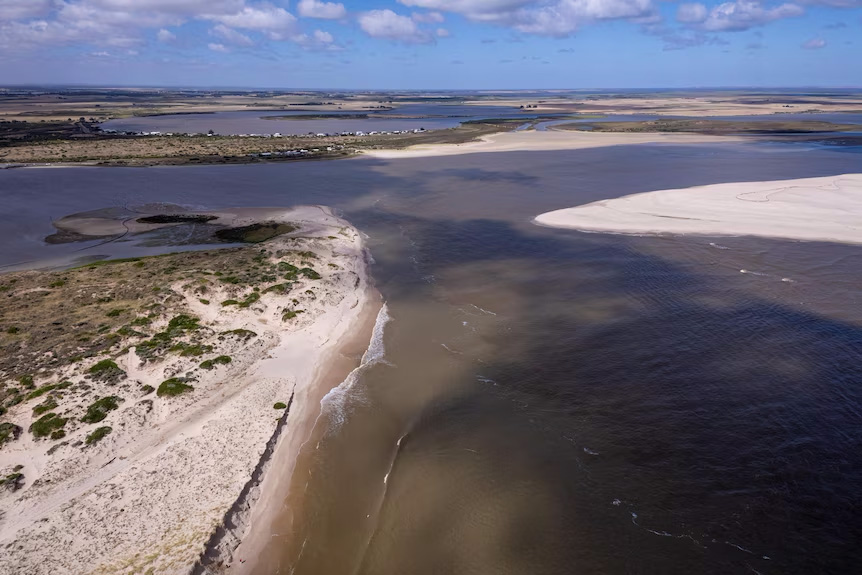Reposted from ABC Riverland
Planning is underway for a $425 million hydrogen project in regional South Australia, which is set to create about 300 jobs during construction.
The Riverbend Energy Hub is proposed for Tailem Bend, about an hour from Adelaide, and would convert 200,000 tonnes of landfill into hydrogen annually within five years of operation.
Spearheaded by Adelaide-based company Greenhill Energy, the project would create ongoing jobs, says chief executive Nicholas Mumford.
“There will be around 300 through construction and we expect around 50 to 100 direct employees through operation, but there are other avenues for employment indirectly,” he said.
The project, which is in approval stages, could begin construction in 2025.
It would use a gasification process to turn landfill into hydrogen, which would then be used to make 100,000 tonnes of urea — used in the manufacture of fertilisers, plastics and adhesives — per year once it reached full capacity.
A report released by the Grattan Institute this month found ammonia, which is used to create urea, is one of the three uses of green hydrogen that Australia should focus on producing domestically, due to its use in fertiliser for farmers.

But what is hydrogen?
Hydrogen is an abundant, flammable gas that can be used as a fuel for electricity or burnt as a heat source.
It can be used in its naturally occurring form, or it can be created synthetically, as the Riverbend Energy Hub would do.
When created, hydrogen is classed by a colour system based on the amount of emissions generated or released by the manufacturing process.
Brown hydrogen is created by burning coal, with the emissions released into the atmosphere, while blue hydrogen is produced with natural gas, with the emissions captured and stored.
While there are other methods of producing hydrogen, the Riverbend Energy Hub would use gasification and produce a green hydrogen from landfill.
Mr Mumford said gasification heats up the landfill to high temperatures, converting it into gasses, and the hydrogen is separated from the carbon dioxide.
He said while the technology is used in the United States and Europe, it is not yet used in Australia.
“The technology itself is well proven in its component parts, but this is the first of its proposed kind in Australia,” he said.
“The opportunity here is the diversion of waste from the landfill, and the important benefit here is we’re reducing greenhouse gas emissions by doing so.”
‘Really sustainable’

Adelaide University post doctorate research fellow Rachelle Kernen said projects like this are important the future.
Dr Kernen said the gasification process would heat and convert organic matter into gases, including hydrogen, without any combustion.
“If you use a waste product in this, it can actually be a really sustainable and effectively no-CO2 emission option for generating hydrogen power,” she said.
“Projects like this are going to be essential now and moving forward.
“It’s going to be imperative that we reduce emissions, like CO2 and methane — we’re going to need to really work hard at reducing and minimising emissions that contribute to climate change.”
Community benefits

Back in regional SA, Regional Development Australia Murraylands and Riverland chief executive Ben Fee said the Riverbend Energy Hub would be an exciting investment in a more renewable future for the area.
“We’ve got issues around climate change that we have to adapt to … [we have to] transform our industries, businesses and communities to make sure that we’re set up for the next two, three five or 10 generations,” he said.
“This is world leading type of stuff, which absolutely fits with RDA Murraylands and Riverland’s vision that we’ll be an internationally recognised, vibrant and world leading circular economy by 2030.”